But how exactly animations can boost engagement in architecture? Let’s explore the impact of whiteboard animations and why European firms should consider integrating them into their marketing and project strategies.
Why Engagement Matters in Architecture
Before diving into whiteboard animations, it’s essential to understand why engagement is crucial in architecture. Unlike other industries, architectural projects require clear visualization, stakeholder buy-in, and seamless communication. Misunderstandings can lead to costly revisions or even project failures.
In Europe, where architectural regulations, heritage considerations, and sustainability goals add layers of complexity, keeping clients and communities engaged is more challenging and more important than ever.
How Whiteboard Animations Can Boost Engagement
1. Simplifying Complex Architectural Concepts
Architecture involves intricate designs, technical jargon, and multi-phase processes. Traditional blueprints and 3D models help, but they may not always convey the full story.
Whiteboard animations break down complex ideas into digestible visuals. By sketching concepts step-by-step, these videos guide viewers through a project’s vision, materials, and structural elements without overwhelming them. This clarity can boost engagement by making architecture more accessible to non-experts.
2. Enhancing Client Presentations
European architecture firms often present to diverse audiences clients, investors, government bodies, and local communities. A well-crafted whiteboard animation can:
- Tell a compelling story – Instead of static slides, animations bring projects to life, showing the journey from concept to completion.
- Increase retention – Studies show that people retain 95% of a message when delivered via video, compared to 10% via text.
- Encourage interaction – Engaging visuals prompt questions and discussions, fostering deeper client involvement.
3. Improving Marketing and Brand Awareness
In a competitive market, standing out is key. Whiteboard animations offer a unique way to showcase a firm’s expertise and creativity.
- Social media appeal – Short, engaging animations perform well on platforms like LinkedIn, Instagram, and YouTube, helping firms reach a broader audience.
- Website conversions – Embedding animations on project pages can reduce bounce rates and keep visitors engaged longer.
- Brand storytelling – Firms can use animations to explain their design philosophy, sustainability efforts, or past successes in an engaging format.
4. Facilitating Community and Stakeholder Buy-In
In Europe, many projects require public approval, especially in urban redevelopment or heritage sites. Lengthy documents and technical presentations often fail to capture public interest.
Whiteboard animations simplify proposals into engaging narratives, making it easier for communities to understand and support projects. This approach can boost engagement in public consultations, reducing opposition and speeding up approvals.
5. Supporting Remote Collaboration
With remote work becoming more common, architects need effective ways to collaborate with international clients and teams. Whiteboard animations:
- Clarify design intent – Remote stakeholders can watch animations to grasp project details without lengthy meetings.
- Reduce miscommunication – A visual walkthrough minimizes misunderstandings compared to email or written reports.
- Save time – Instead of multiple revisions, a single animation can align everyone’s understanding early in the process.
Real-World Examples in Europe
Several European architecture firms have successfully leveraged whiteboard animations:
- Foster + Partners (UK) – Used animated explainers to showcase sustainable design principles in urban projects.
- BIG – Bjarke Ingels Group (Denmark) – Integrated whiteboard-style videos to simplify complex modular housing concepts.
- Herzog & de Meuron (Switzerland) – Employed animations to present museum redesigns to local communities, improving public reception.
These examples prove that animations can boost engagement at every stage from initial pitches to final approvals.
How to Get Started with Whiteboard Animations
For architecture firms ready to explore this tool, here’s a quick roadmap:
- Define the Goal – Is it for client pitches, public consultations, or marketing?
- Script the Story – Keep it concise, focusing on key messages.
- Work with Professionals – Hire animators familiar with architectural visualization.
- Integrate into Workflows – Use animations in presentations, websites, and social media.
- Measure Impact – Track engagement metrics like views, shares, and client feedback.
Conclusion
In Europe’s architecture industry, where clarity and engagement are vital, whiteboard animations offer a dynamic solution. They simplify complex ideas, enhance presentations, improve marketing, and facilitate stakeholder buy-in. By integrating this tool, firms can boost engagement, streamline communication, and stand out in a competitive market.
If your firm hasn’t explored whiteboard animations yet, now is the time. The right animation could be the key to your next successful project.





